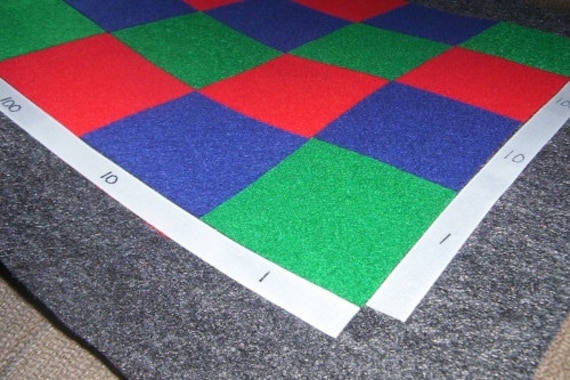Can it be done?
Um. Yes. Montessori started with special needs and found the experiences were applicable to the universal child. Even with "typically developing" children, there are always slight modifications to be made to suit personal interest, time of day, personality quirks and more. So we Montessorians just look to the individual child's needs in how to present the key experiences for their plane of development.
Previous Montessori Nuggets - not an all-inclusive list:
- General thoughts on Special Needs
- A link to the book Montessori and the Special Child by Reginald C Orem
- Special Needs Identification and Treatment with Montessori Methods
A foundation to understanding that Montessori is useful for all children - the universal child, regardless of personal interests, personalities or learning needs:
- Some Sources of the Montessori Method and Facets of Its Founder (this link allows the resource to be read online; only downloaded if you are part of one of their affiliates)
Montessori Books about Special Needs:
- Didacticism: Montessori and the Disadvantaged Student (affiliate link to Amazon)
Additional Resources for Special Needs as related to Montessori:
- Montessori 4 Autism: Releasing the Inner Child
- Living Montessori Now - always has some excellent lists of resources
- Montessori and Special Needs/Early Intervention - extensive list of related articles
- Montessori Education for Autism
NOTE: The word "disadvantaged" has changed in meaning over the years. Previously, it was used to describe socio-economic factors with perhaps some inclusion of special needs. Currently, the word disadvantaged is more often applied to children with special needs, but can still be used in other ways. There is a book by Reginald C Orem about Montessori and the Disadvantaged - it is more focused on the socio-economic factors, more-so than special needs factors.






















